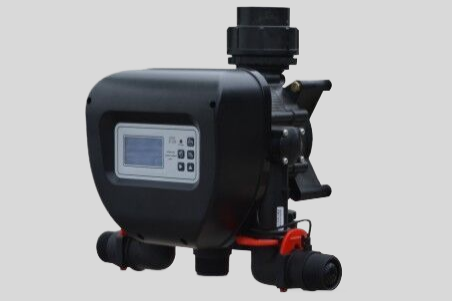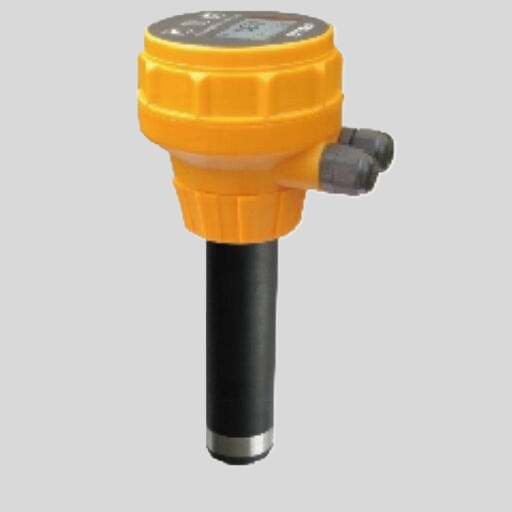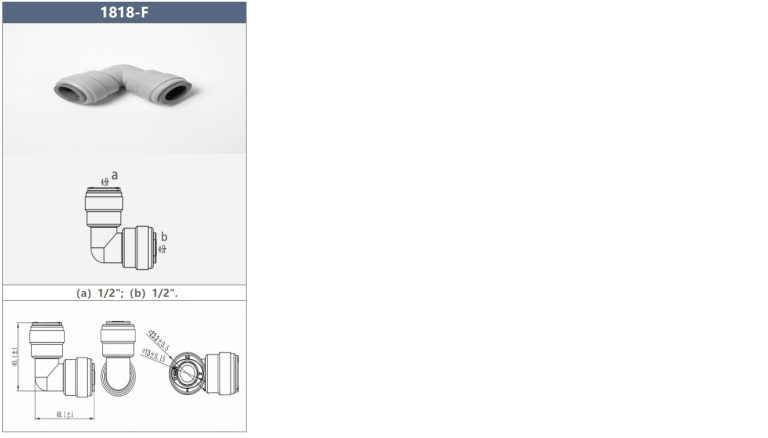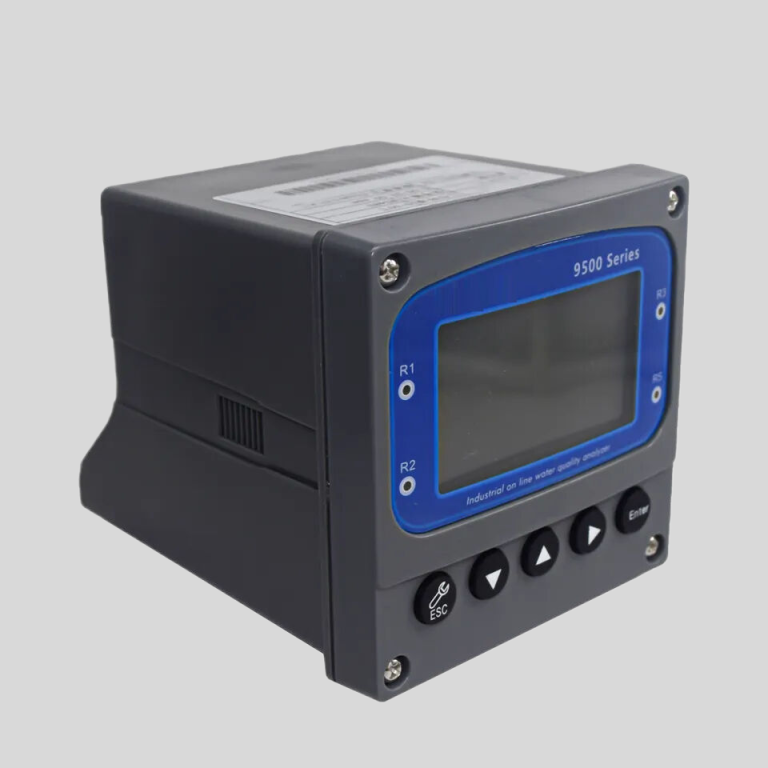Yes, water softeners typically have check valves.
The Importance of Check Valves in Water Softeners
Water softeners are essential appliances that help remove minerals and impurities from water, ensuring that it is safe and suitable for various household uses. These devices work by using a process called ion exchange, where calcium and magnesium ions are replaced with sodium ions, resulting in softened water. While water softeners are designed to perform this task efficiently, it is crucial to understand the importance of check valves in these systems.
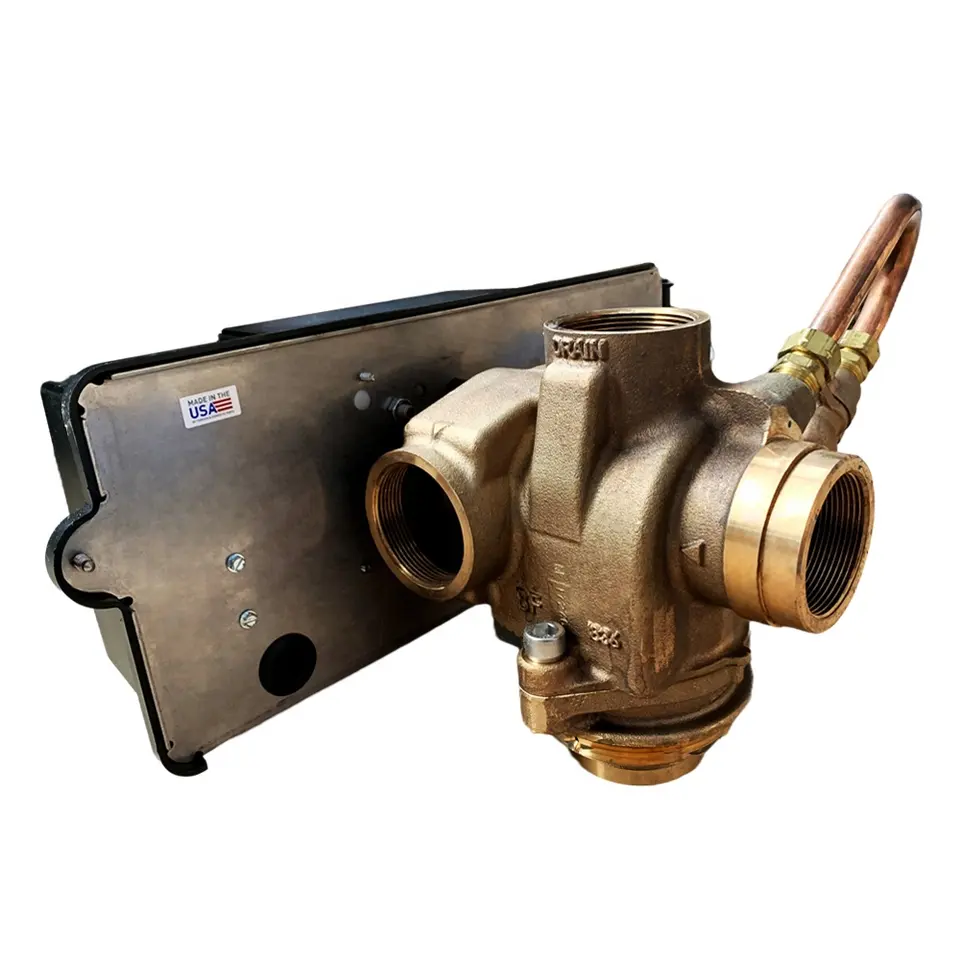
Check valves are small mechanical devices that allow the flow of water in one direction while preventing backflow. In water softeners, check valves play a vital role in ensuring the proper functioning of the system and preventing potential issues that can arise from backflow.
One of the primary reasons why check valves are crucial in water softeners is to prevent contamination of the water supply. Without a check valve, there is a risk of backflow occurring, which can lead to the contamination of the water source. Backflow can happen when there is a sudden drop in water pressure, causing water to flow in the opposite direction. This can occur due to various reasons, such as a burst pipe or a sudden increase in demand for water in the area.
By installing a check valve in the water softener system, the risk of backflow is significantly reduced. The check valve ensures that water flows in one direction, preventing any contaminated water from entering the water supply. This is especially important in areas where the water source is shared among multiple households or buildings, as backflow can lead to the spread of harmful bacteria or chemicals.
Another reason why check valves are essential in water softeners is to protect the system itself. Water softeners are complex appliances that rely on precise measurements and calculations to function correctly. Backflow can disrupt this delicate balance and cause damage to the system. For example, if contaminated water flows back into the water softener, it can damage the resin bed, which is responsible for the ion exchange process. This can result in reduced efficiency and the need for costly repairs or replacements.
| Model | Valve Material | Inlet/Outlet | Continuous (0.1Mpa drop) | Peak (0.175Mpa drop) | Cv** | Maximum Backwash (0.175Mpa drop) | Distributor Pilot | Drain Line | Brine Line | Mounting Base | Height (from top of the tank) |
| CM31 | Unleaded brass | 2″ | 21.59m³/h | 28.18m³/h | 24.8 | 105gpm | 2″ | 2″ | 1″(male) | 4″-8UN (top) | 10″ |
Furthermore, check valves help maintain consistent water pressure within the water softener system. Fluctuations in water pressure can affect the performance of the water softener, leading to inconsistent water quality. By ensuring that water flows in one direction, check valves help maintain a steady flow of water through the system, allowing it to function optimally.
In conclusion, check valves are of utmost importance in water softeners. They prevent backflow, which can contaminate the water supply and damage the system itself. By installing check valves, homeowners can ensure that their water softeners operate efficiently and provide high-quality softened water. Additionally, check valves help maintain consistent water pressure, further enhancing the performance of the system. Therefore, it is crucial to consider the presence of check valves when installing or maintaining a water softener to ensure its proper functioning and longevity.

